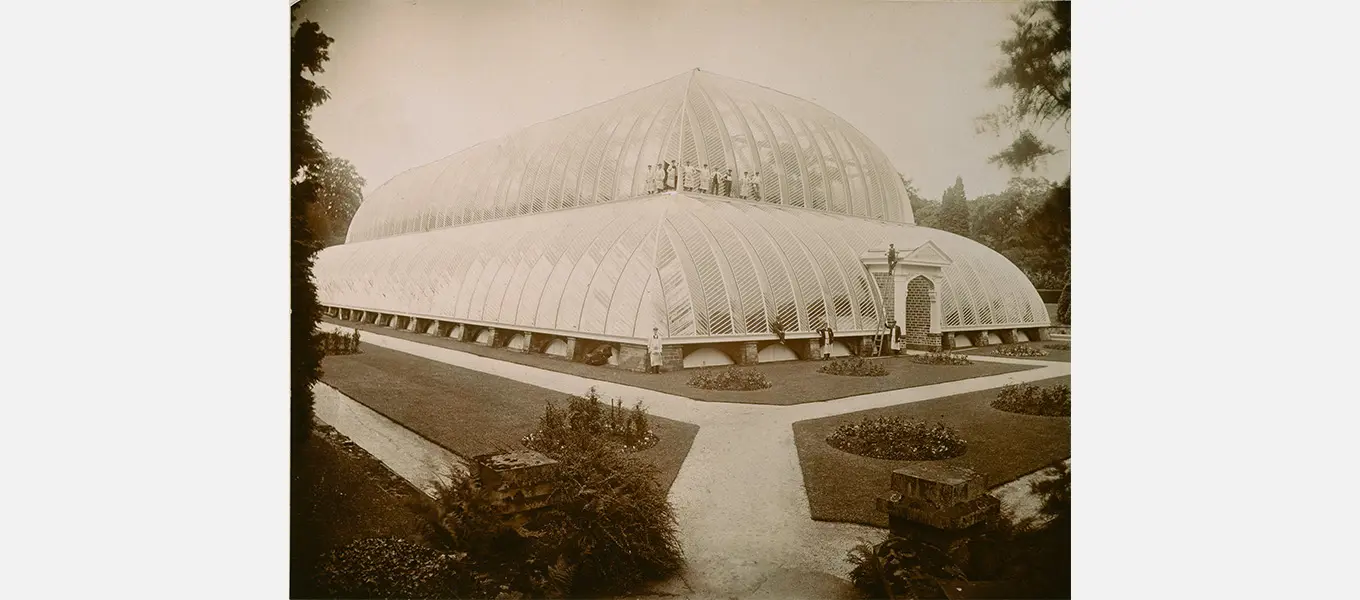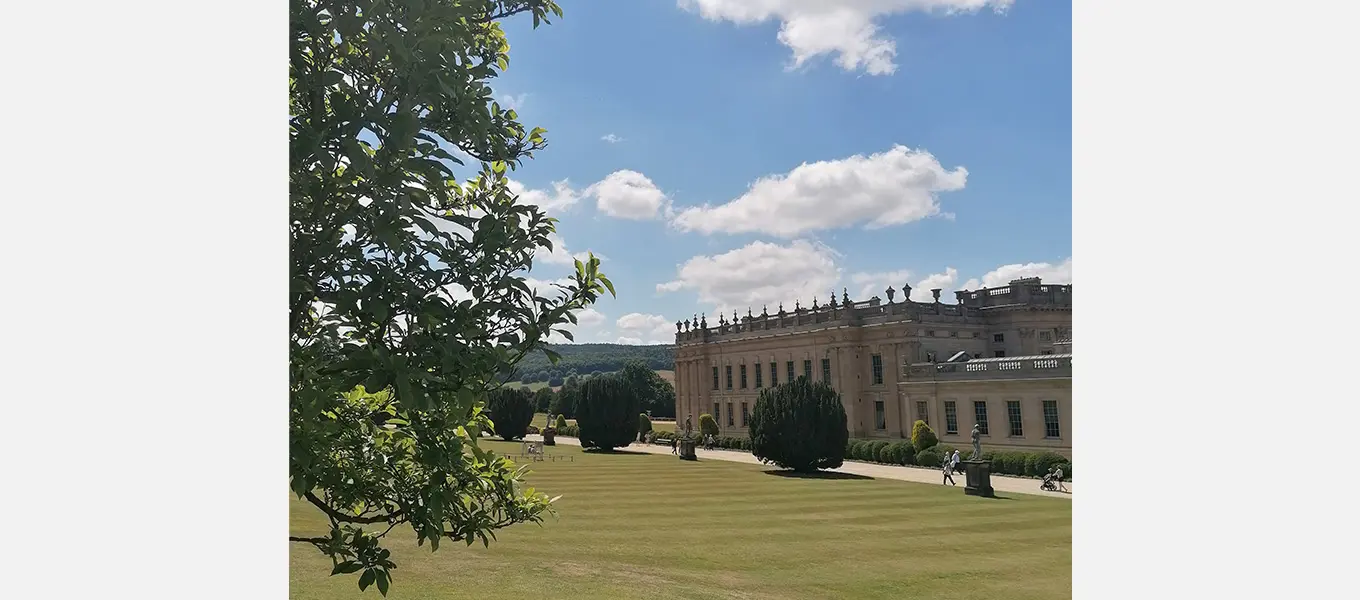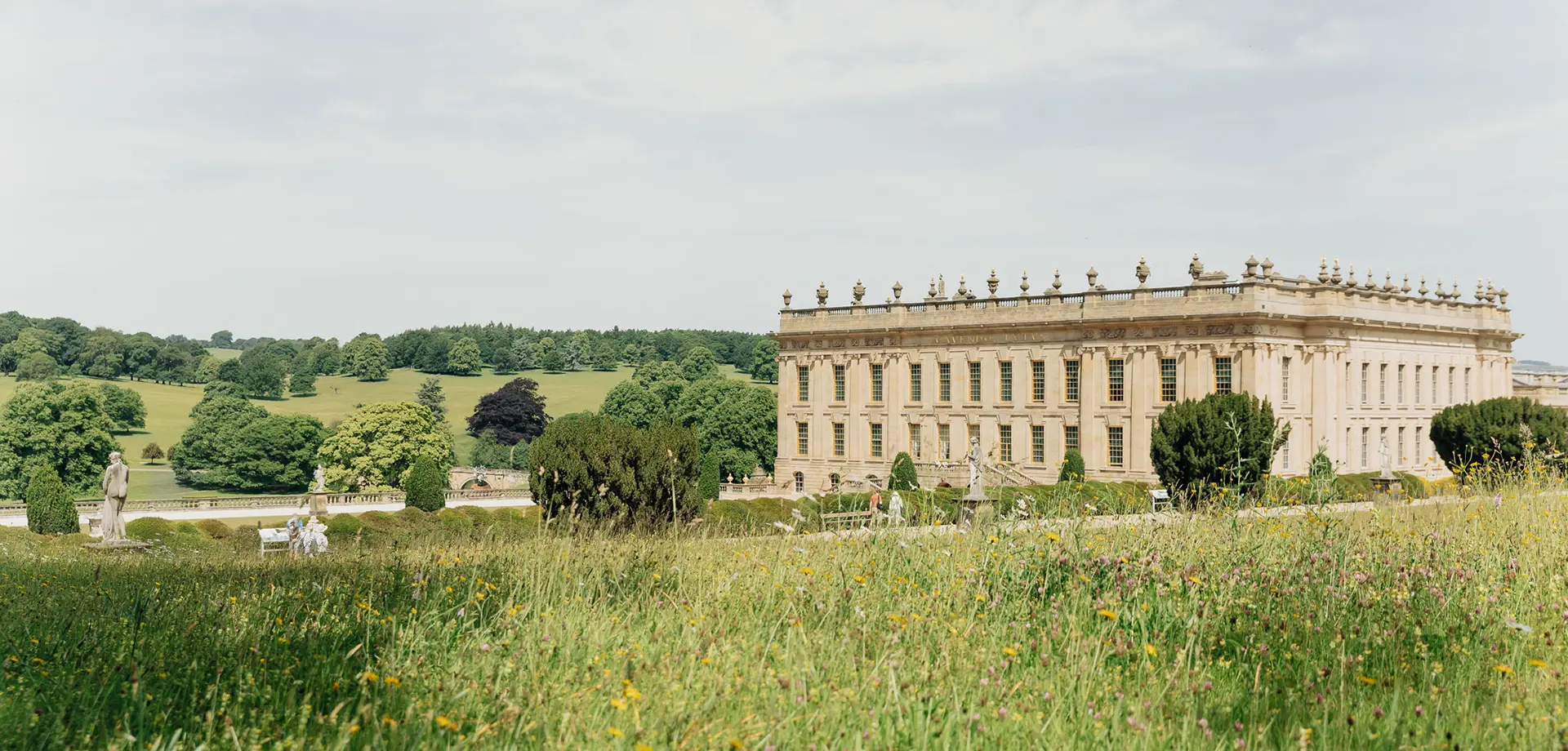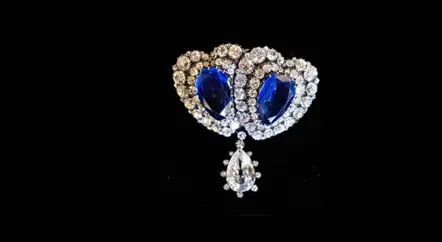As a PhD student, my most recent summers have been spent working on my thesis from my university desk, so I was excited to spend this summer working on a very different project in very different surroundings. I joined the Collections team this July for a 3-month placement, working on creating digital exhibitions for Chatsworth’s forthcoming Google Arts and Culture launch, and one month in, I’ve been reflecting on my experiences so far of working and researching in this remarkable setting.
This placement immediately stood out to me as something I’d like to get involved with. If you haven’t looked at Google Arts and Culture yet, I’d highly recommend it – galleries, museums, and historic venues all over the world have created pages to showcase their collections, and some have even created digital tours to replicate the experience of walking through their buildings. The platform also allows organisations to create ‘stories’ or mini exhibitions which are put on display to the public, offering a really exciting way to engage with collections without the need to travel, and to see items which might not have been put on display in person. Particularly since the pandemic, it’s become clear that these digital tools can play an important role in making research impactful and accessible for new audiences, which has been a really central idea behind this project.
In order to create these stories, I was tasked with undertaking some research, including finding and uploading images to create visually-appealing displays, and writing short blurbs about them based on what I found in my reading. This aspect of the placement has presented a new challenge for me, as my wider research is largely based on recent fiction. Because I tend to look at contemporary novels, I’d never actually been to an archive or used a collections database before starting this project! Thankfully, my induction period featured a lot of training, and I’ve helpfully been able to take up a desk opposite Chatsworth’s archivist, Fran Baker, who has been an invaluable source of information for my many queries.
I’ve also had some really productive meetings with colleagues working in different areas of Collections, who have brought their research and suggested topics which could be used to form stories. This has been one of the most useful parts of my placement so far, as I’ve been pointed towards parts of the collections which I would never have found on my own, but I’m also now able to embed the exhibitions I do within their extensive research, and make sure that my stories are drawing on the work of experts in the field.
The breadth of the collections is still something I’m trying to get my head around, encompassing centuries of family history, but also the wider connections between Chatsworth and other historical figures and events. So far, I’ve looked into a number of diverse topics, including the provenance of eighteenth-century scientific instruments, the history of the village of Edensor, a collection of ancient carved gems, and the connections between Chatsworth and Charles Dickens.
One of my most recent stories has centred on the rise and fall of Chatsworth’s Great Conservatory, a huge glasshouse designed by Head Gardener, Joseph Paxton, who later built the Crystal Palace for the 1851 Great Exhibition. A feat of engineering and horticultural knowledge, this colossal structure only stood for around 80 years, after which it fell into disuse after the First World War and was eventually demolished. My story features extracts from the original building plans, photographs of the Conservatory during the height of its use, and a deep-dive into some of the plants cultivated inside the glasshouse, including the Cavendish banana.

The Google Arts and Culture platform offers a really engaging way to create exhibitions, from the detailed study of a few items, to larger thematic stories which use a range of sources to create a narrative. For the Great Conservatory story, it was possible to bring the focus of the exhibition back to the present day by comparing historic and modern pictures of the gardens, which show that the lower walls of the building are still visible today – they surround what is now the Maze, if you’d like to find them yourself.
It’s been a privilege to do this work in person at Chatsworth, particularly after becoming accustomed to working from home. Every time I’ve found out about something new or interesting, I’ve been able to get up from my desk and investigate it myself, getting an insider’s look at the house and garden which has been very useful, but also just very enjoyable. It’s been a really scenic place to take a break from work – I’ve had my lunch on a different bench every day since I arrived, and I don’t think I’ll run out of new benches before I leave!

There is an endless amount of material to look at, and I’m very much looking forward to taking in just a small sample of it over the remaining months of my placement, as well as hopefully bringing it to a new audience to enjoy.
Rosie Crocker, PhD researcher






